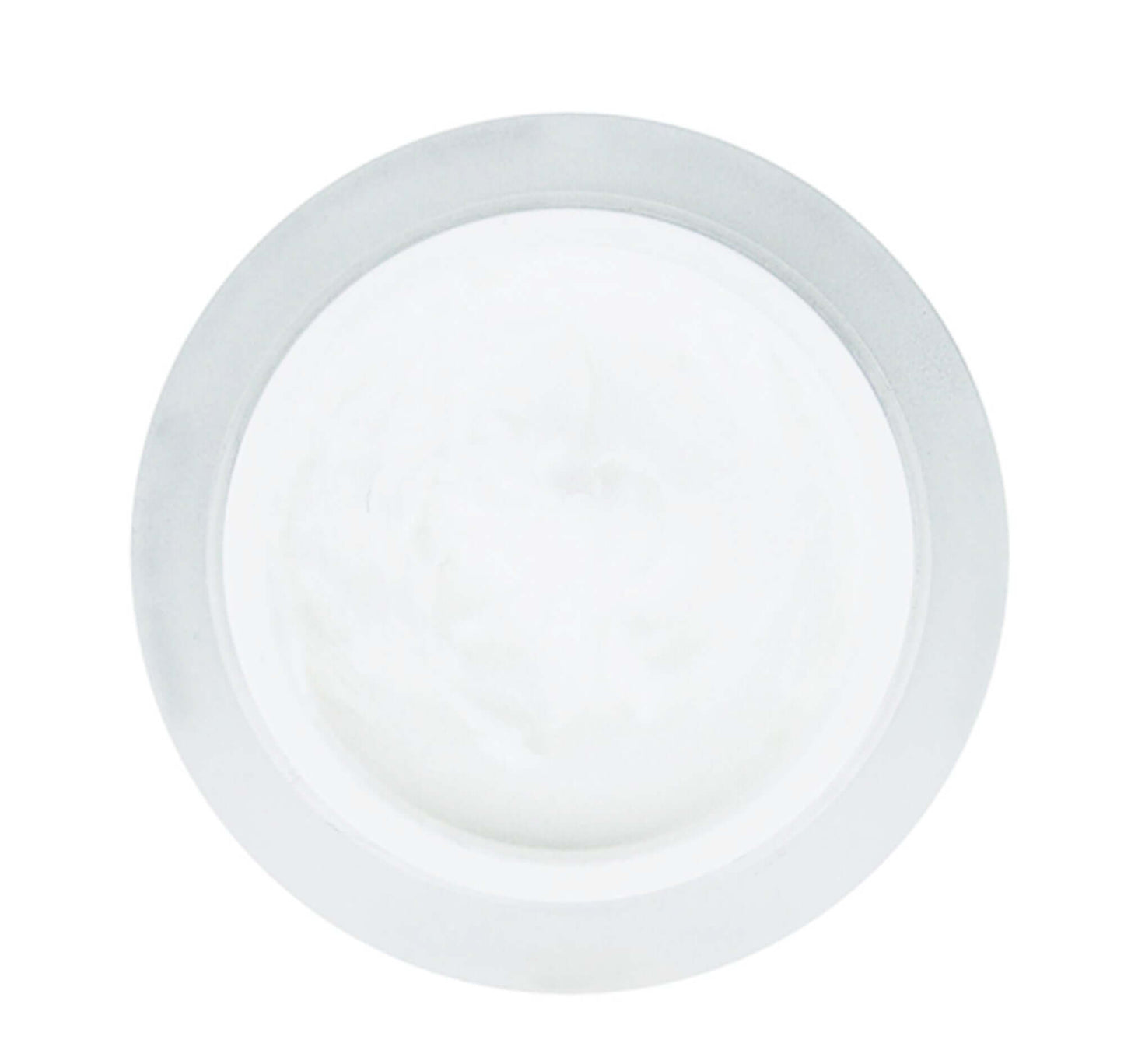
DUPUYTREN'S CREAM
Relief from the symptoms of Dupuytren’s Contracture without injections, needle therapy or surgery.

DUPUYTREN’S CREAM
WE PROVIDE A TOPICAL SOLUTION THAT IS AN ALTERNATIVE TO TRADITIONAL TREATMENTS. DUPUYTREN'S CREAM HAS HELPED CUSTOMERS TO PREVENT AND EVEN REVERSE THE PROGRESSION OF THIS DISEASE. IT USES A STRONG COMBINATION OF SCAR TREATMENTS AND ANTI-INFLAMMATORY INGREDIENTS IN AN EFFORT TO EFFECTIVELY FIGHT THE PROGRESSION OF THE DISEASE IN A NON-INVASIVE MANNER. WHEN APPLIED REGULARLY, WITH AT LEAST TWO APPLICATIONS PER DAY ON THE AFFECTED AREAS OF THE PALM AND FINGERS, DUPUYTREN’S CREAM HAS HELPED CUSTOMERS REVERSE AND DELAY THE FORMATION OF THE DISEASE. MAKING IT AN IDEAL CHOICE COMPARED TO THE TRADITIONAL AND MORE INVASIVE MODES OF TREATMENT.

WHAT IS DUPUYTREN’S CONTRACTURE (DC)?
Dupuytren’s contracture is a disease of the hands which affects millions of people. The condition first presents as bumps or nodules under the skin of the palm, which start to take on a dimpled appearance. These nodules or bumps can be seen and felt and are sometimes sensitive to pressure. As the disease progresses, the thickening and scarring of the connective tissue lying under the palm results in the formation of knots and cords.
These cords thicken and can become taut, and pull one or more fingers towards the palm into a contraction. The degree of contraction is in direct relation to the severity or progression of the disease. The bent fingers are fixated and cannot be straightened fully to their normal resting position. This hinders daily life and everyday activities for the affected individuals, reducing the quality of life. The ring finger and the little finger, are most commonly affected. The condition can affect one or both hands and the progression of the disease normally continues to worsen if left untreated.
Dupuytren’s contracture can be diagnosed by a physician but many times goes undiagnosed. The condition is more prevalent among men and develops around the age of forty.
dupuytrensco
Dupuytren's Contracture Cream
Share





